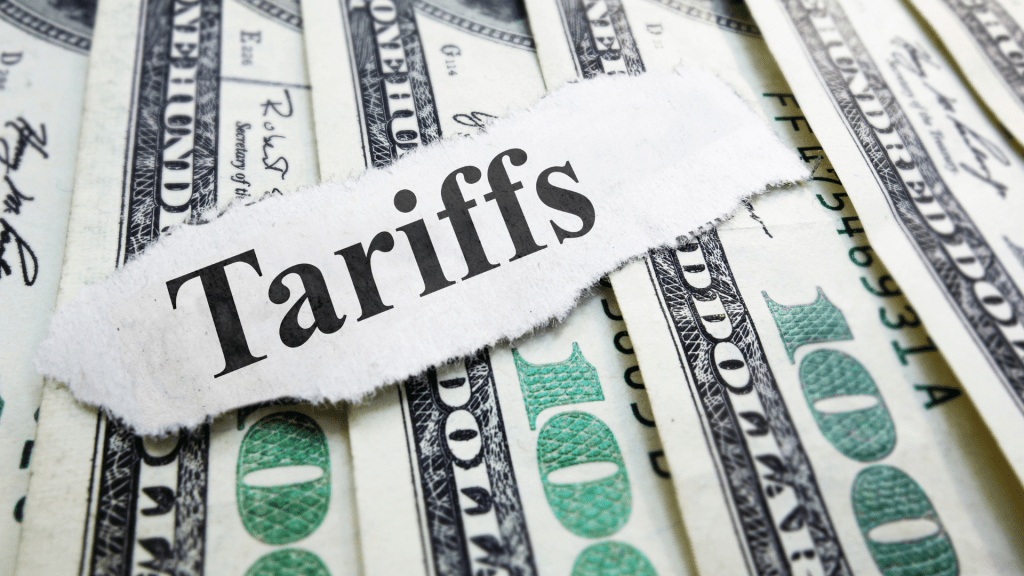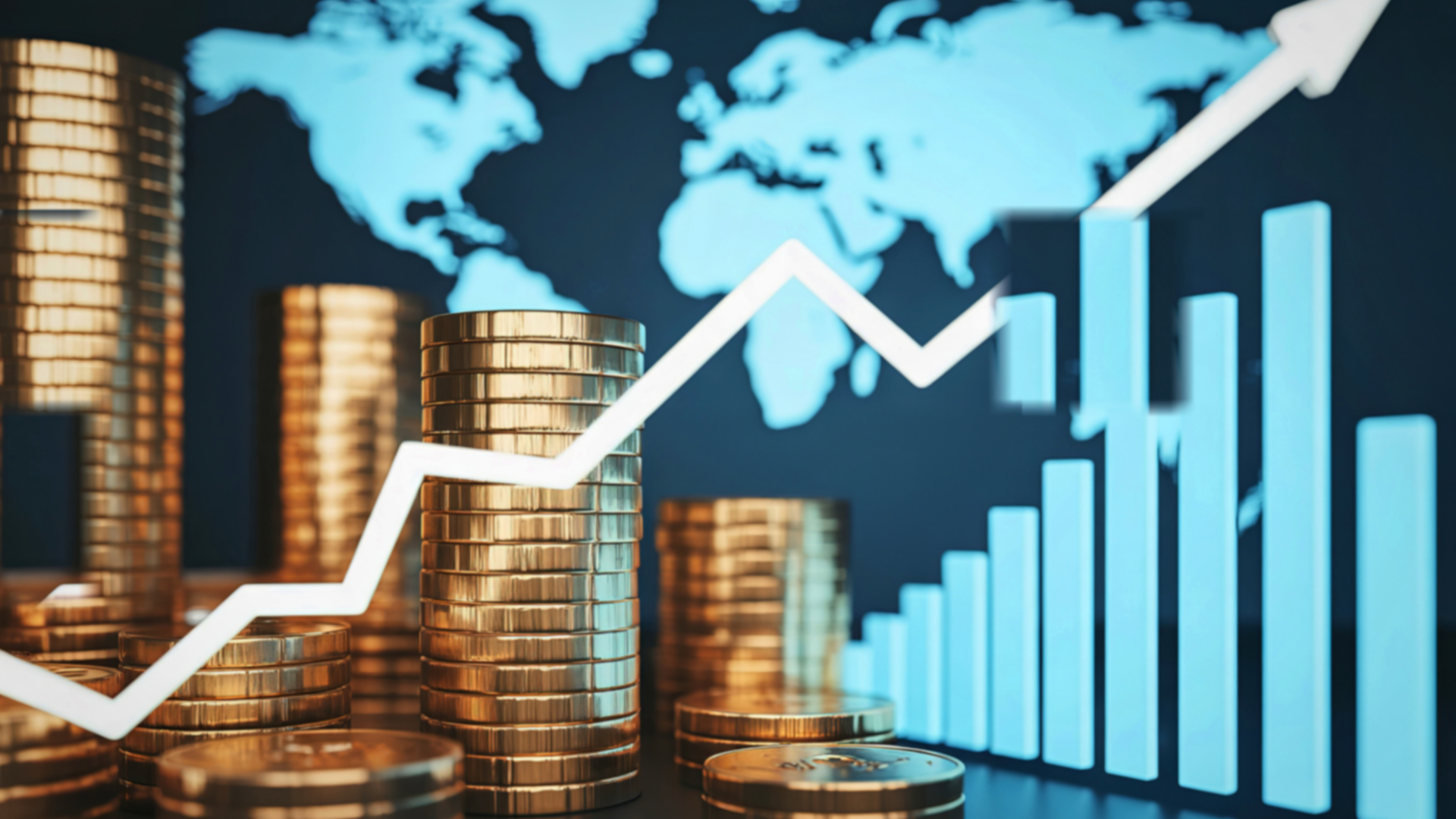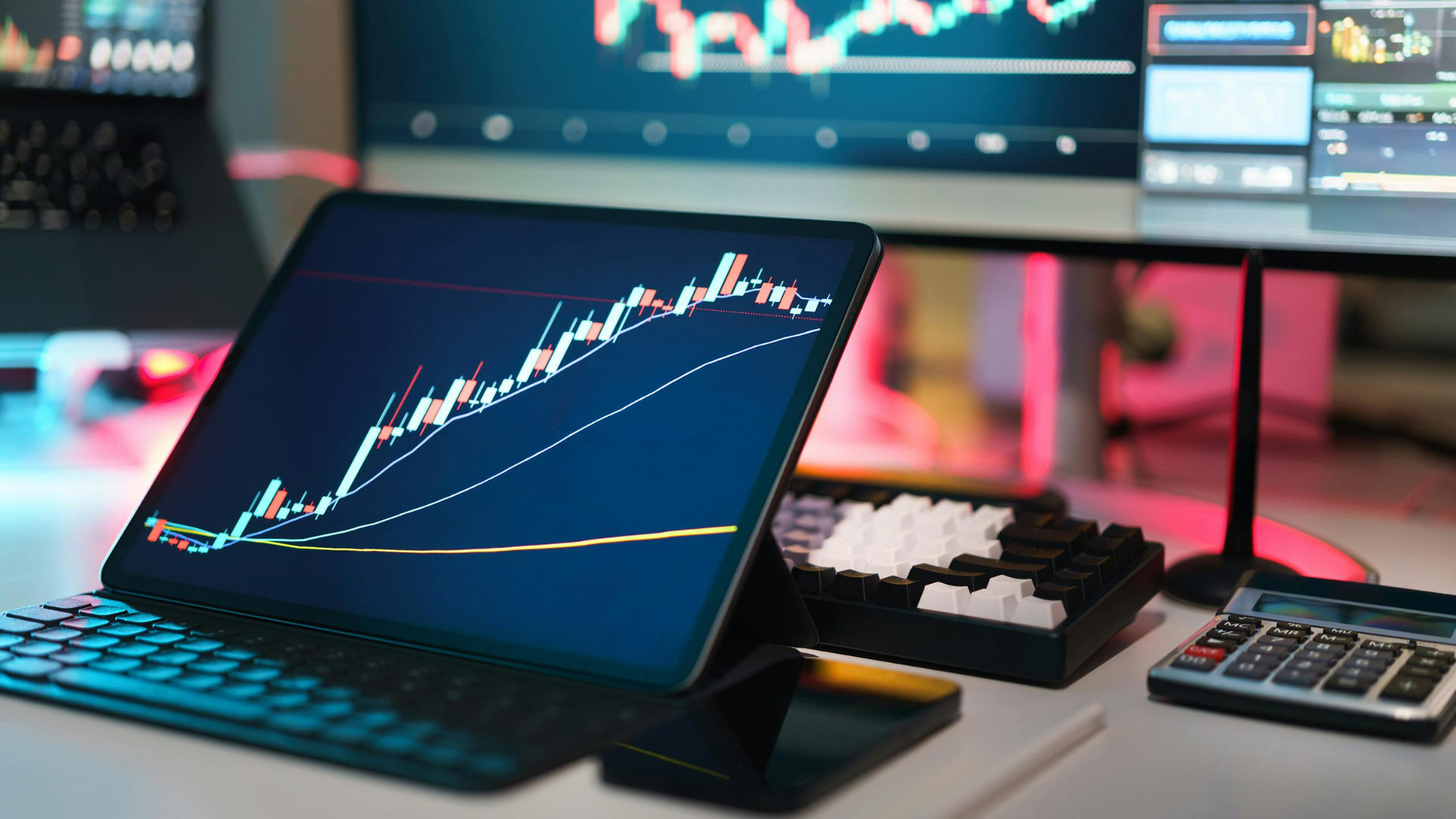When people hear the word “tariffs”, they often think it’s something that only affects governments or big companies, but in reality, tariffs impact prices in shops, peoples jobs, and even what products in the shops are available. In simple terms, a tariff is essentially an import tax that people will pay to their governments, on top of what they have bought the product for. The U.S. uses tariffs for multiple different reasons. Sometimes to protect local businesses, sometimes to push back against unfair trade, and other times for political reasons.
In the last few years, U.S. tariff policies have changed quite a bit, and those changes have affected trade not just within the U.S., but around the world.
What Happened with Tariffs over recent presidencies?
A big shift happened during the 1st Trump administration (around 2018). The U.S. added high tariffs on many things from mainly China, but also multiple other countries. These were meant to protect American industries and push China to change some of its trade practices. Tariffs were also added on steel and aluminium from countries like Canada and the EU. In response, many countries added their own tariffs on American products. This back-and-forth is what people call a “trade war.”
When Joe Biden took office, he didn’t remove those tariffs. Instead, he focused on working with these countries and building more reliable supply chains with friendly countries. So, while the approach changed, the tariffs stayed.
Then in 2025, with Donald Trump back in office, new tariffs were introduced again. His administration raised tariffs on steel and aluminium to 50%, and added a 10% “universal tariff” on nearly all imports. China still faces high tariffs too—up to 30% in total. There are also new or upcoming tariffs on goods, most of which is 25% from Japan, South Korea, Brazil, and other countries. Some of these are already in effect, while others are expected to start by August 2025. The goal this time is not just economic. It is also about bringing manufacturing back to the United States, protecting national security, and making sure trade partners “play fair.”
Below is an example that you can see of where tariffs were at the beginning of 2017, how they rose, and then how that has held up to current day.
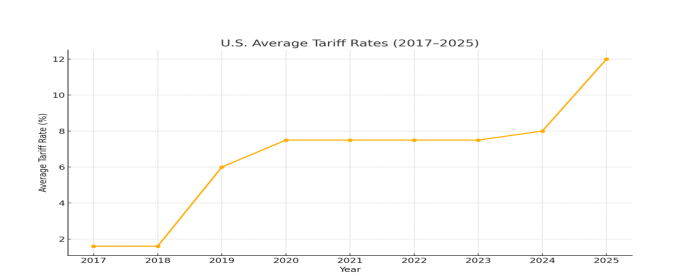
How Do Tariffs Affect Global Trade?
Tariffs often lead to higher prices. For example, if a company must pay an import tax to import parts or goods, they usually pass those costs on to customers. That means people might end up paying more for things like electronics, cars, or even food.
On a bigger scale, companies may decide to move their factories or change where they buy materials from. During the U.S.–China trade tensions in 2018, many businesses started looking at other countries like Vietnam, India, or Mexico to avoid paying extra tariffs. This changes global supply chains and where jobs are created.
Another impact is uncertainty. When businesses don’t know what trade rules will look like a few months from now or even a few weeks at this rate, they may delay decisions or investments. This can slow down economic growth not just in the U.S., but in other countries too.
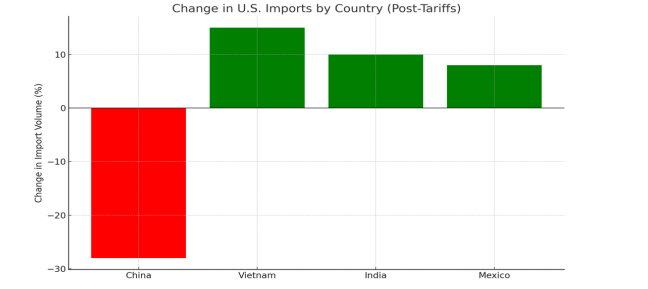
It’s Not Just About Money
Tariffs are also used as tools in global politics. For example, the U.S. has limited imports of certain tech products from China not just to protect American businesses, but to stay ahead in technology and reduce national security risks. There are also new trade ideas being discussed, like “carbon tariffs,” which would charge extra for goods made in countries that pollute more.
So, while tariffs seem like an economic issue, they’re also tied to climate change, defence, and global influence.
What Does the Future Look Like?
It’s hard to say what will happen next. U.S. trade policy can change quickly with Trump in charge. Global events like wars, pandemics, or environmental disasters can also change what countries decide to do about trade. What is clear is that the U.S. and Donald Trump will keep playing a big role in how global trade works, and his tariff decisions will always have ripple effects around the world.
Final Thoughts
Tariffs might seem like a boring or complicated topic, but they have real effects on everyday life. Whether it’s the price of your phone, where your clothes are made, or how global companies do business, U.S. tariffs shape a lot of what happens in the world economy. As global trade continues to shift, it’s important to understand how these policies work and why they matter.
